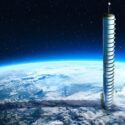Imagine a tornado spinning over an erupting supervolcano. The result would be catastrophic beyond comprehension. While such a collision is incredibly unlikely, exploring it reveals just how destructive nature can be. The sheer energy and violence unleashed in such a scenario would dwarf almost any other natural disaster.

Here are seven facts about what could happen if these two deadly forces met. Understanding these possibilities gives a chilling insight into the raw power of the Earth. Even thinking about it makes clear how little control humans have over extreme weather and geological events.
1. Tornadoes are deadly spinning columns of air
A tornado is a vertical column of air extending from a thunderstorm to the ground. Average tornadoes move at 48 km/h (30 mph), but the most powerful, classified as EF5, can reach speeds of 320 km/h (200 mph). These winds can fling debris as far as 65 km (40 miles), uproot trees, and flatten entire neighborhoods. They usually travel about 10 km (6 miles) before dissipating, but their short lifespan doesn’t make them any less destructive.
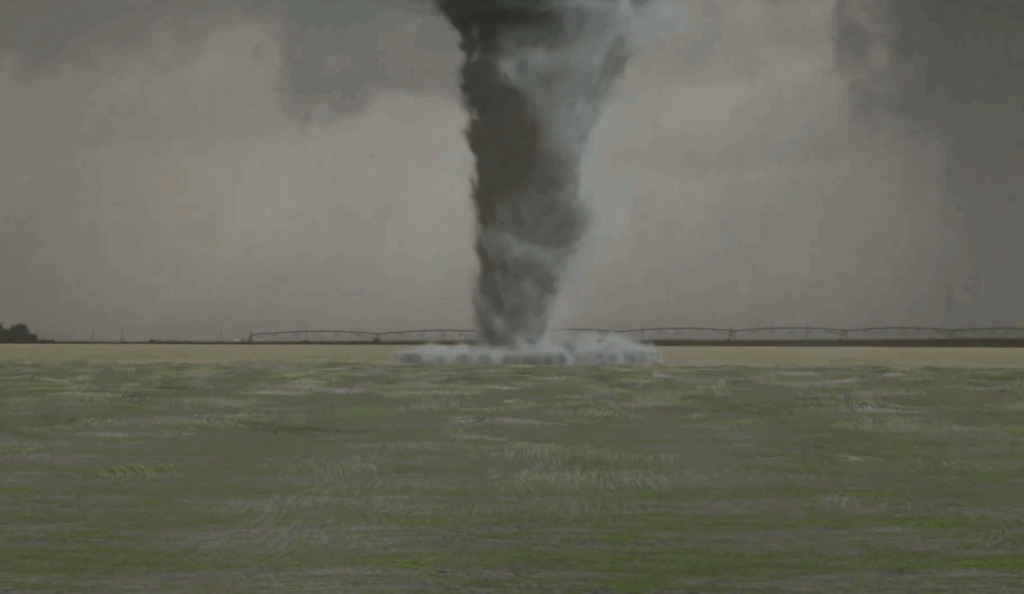
Tornadoes also generate extreme pressure differences that can cause buildings to implode and hurl objects with deadly force. Even a small tornado can leave lasting damage, turning familiar landscapes into unrecognizable wastelands within minutes.
2. Supervolcano eruptions dwarf normal volcanoes
Supervolcanoes release thousands of times more energy than standard volcanoes. The Yellowstone supervolcano, which erupted 2.1 million years ago, would bury nearby states under a meter (3 feet) of ash. This ash, composed of shattered rock and glass, can destroy plants, kill animals, collapse roofs, and disable electrical systems over thousands of kilometers.
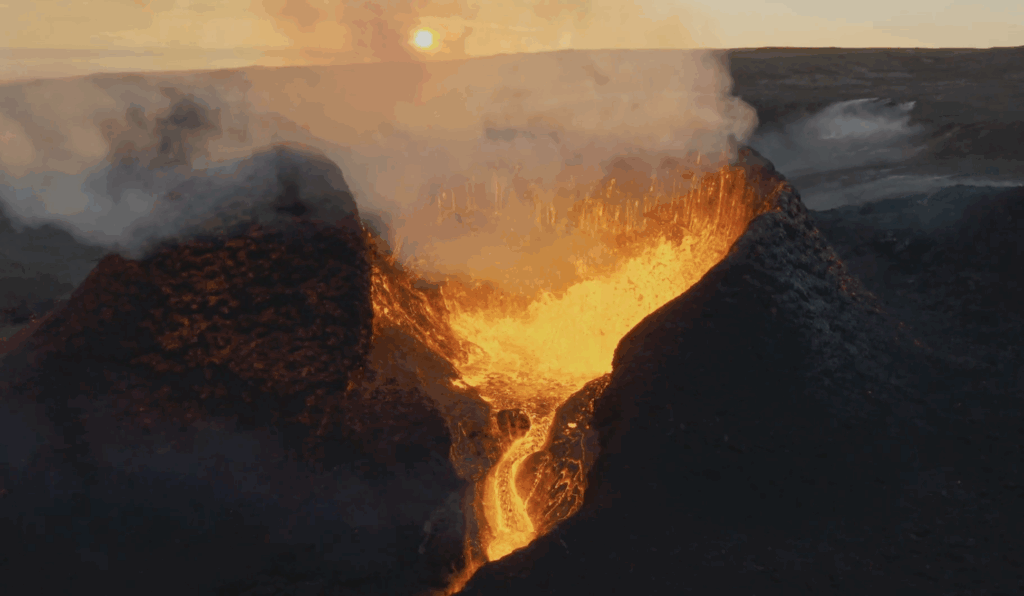
The eruption would also trigger massive climate effects, blocking sunlight and potentially causing a volcanic winter. For humans and wildlife alike, survival would depend on evacuation or access to secure shelter, as the surrounding environment would quickly become hostile and uninhabitable.
3. A tornado skimming a volcano is not a major threat?
If a tornado traveled at average speed over a volcano, it would likely dissipate quickly with minimal impact. But stronger tornadoes, like an EF3 with 200 km/h (135 mph) winds, could lift lava and molten rock, creating a vortex of scorching debris. Anyone nearby would face a deadly storm of fire, rock, and ash.
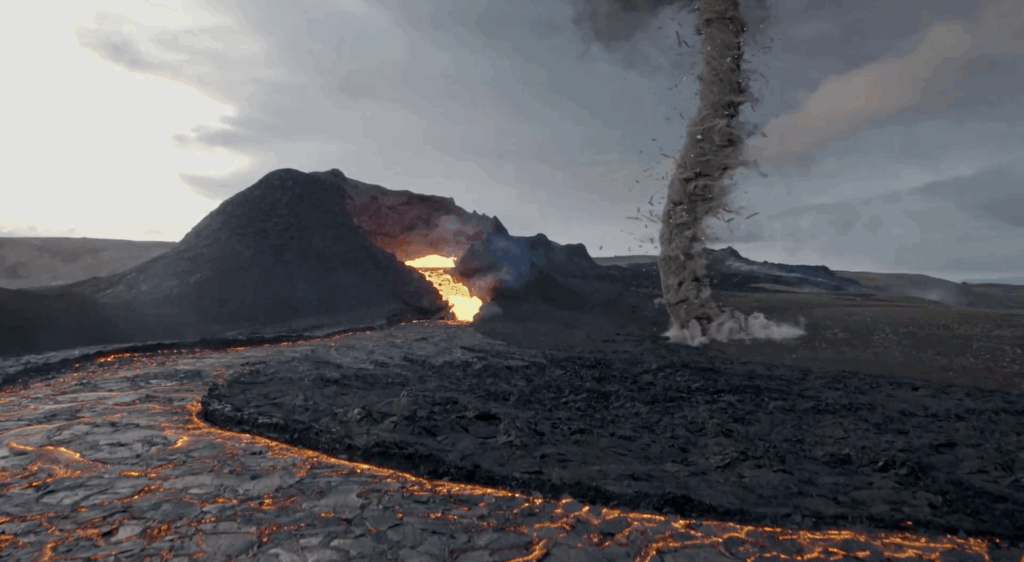
The combination of heat and high-velocity debris would be enough to incinerate most vegetation instantly. Even emergency responders or scientists observing from a distance would be at extreme risk, as nothing in their protective gear could fully withstand both the heat and the force of flying volcanic material.
4. Tornado “super outbreaks” could spread volcanic destruction
A super outbreak is a series of violent tornadoes sweeping across land. If such tornadoes occurred near an erupting supervolcano, they could suck volcanic ash, molten lava droplets, and rocks into spinning funnels. The result would be destruction traveling far beyond the volcano’s immediate vicinity, obliterating forests, towns, and anything else in their path.
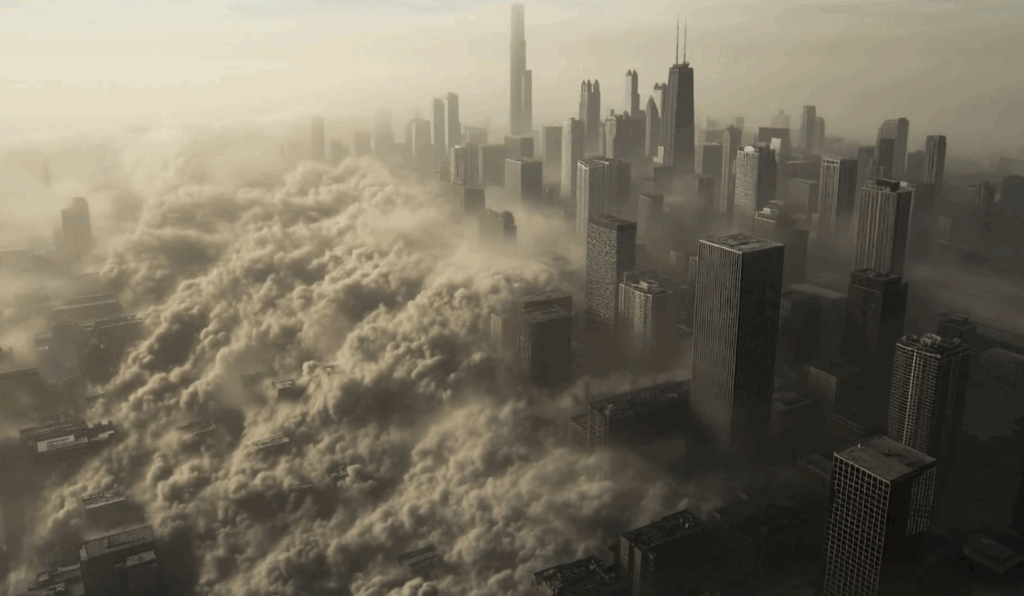
Debris could be carried hundreds of kilometers, making areas previously considered safe into danger zones. The chaotic interaction of fire, wind, and molten rock would create a moving disaster capable of reshaping entire landscapes in a matter of hours.
5. Fire tornadoes could form from volcanic eruptions
Fire tornadoes are spinning columns of flame, heat, and gases. They can form when molten volcanic particles ignite forests or when intense volcanic heat creates rising columns of hot air. Iceland’s Little Ram volcano eruption in 2023 produced a fire tornado, showing how a tornado-like phenomenon can arise naturally from volcanic activity.
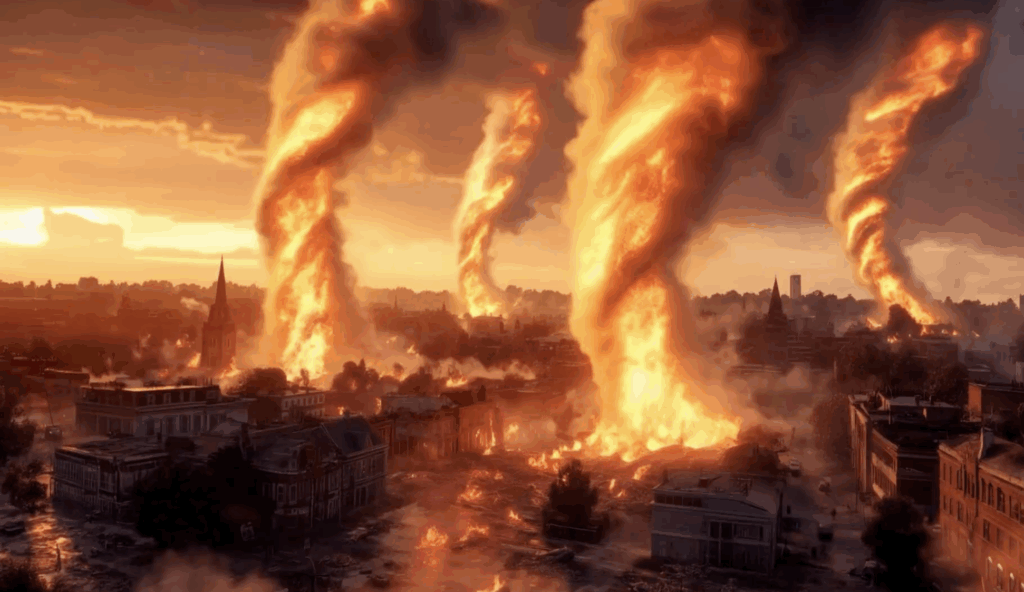
Fire tornadoes can reach temperatures hot enough to melt metal and create their own localized wind systems. Anyone caught in one would face almost certain death, as these fiery vortices combine extreme heat, speed, and flying embers into an unstoppable force.
6. Tornado-volcano collisions are extremely rare
Fortunately, tornadoes and volcanoes rarely occur in the same location. Tornadoes tend to form in flat plains, while volcanoes are usually found in mountainous regions. Italy is one of the few places where both could theoretically happen, but the odds remain astronomically low.
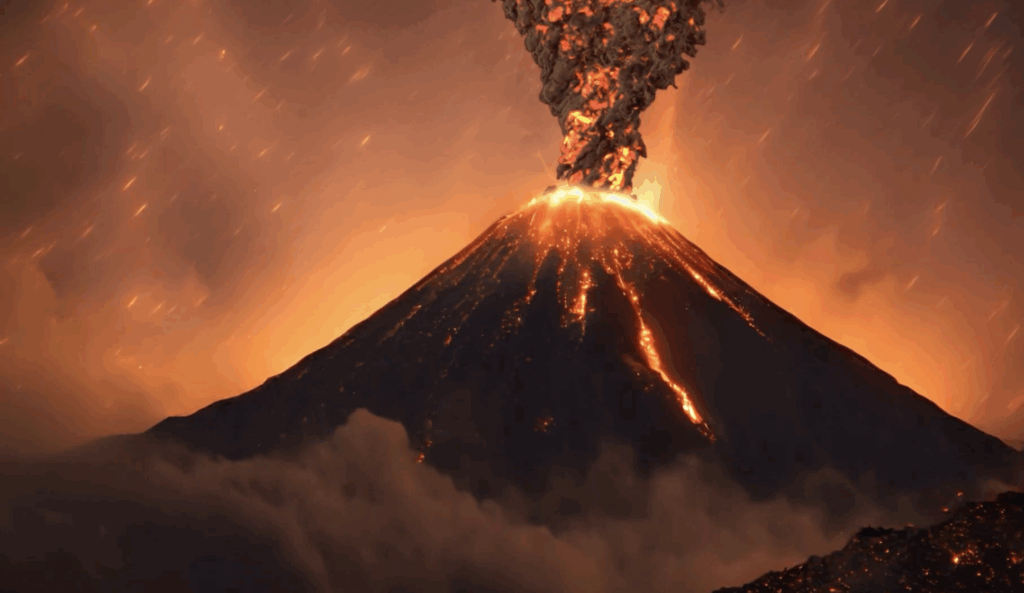
Geography and weather patterns make such collisions so unlikely that scientists have never recorded one. Still, studying these theoretical interactions is valuable for understanding the potential limits of natural disasters and preparing for extreme scenarios, however improbable.
7. Hurricanes and volcanoes have collided before
While tornadoes and volcanoes rarely meet, hurricanes and volcanoes have. In 1991, Mount Pinatubo erupted in the Philippines while a typhoon passed nearby. Heavy rainfall mixed with volcanic ash, collapsing roofs and destroying 50,000 homes. Around 850 people died, but the typhoon also washed away harmful gases that could have damaged the ozone layer.
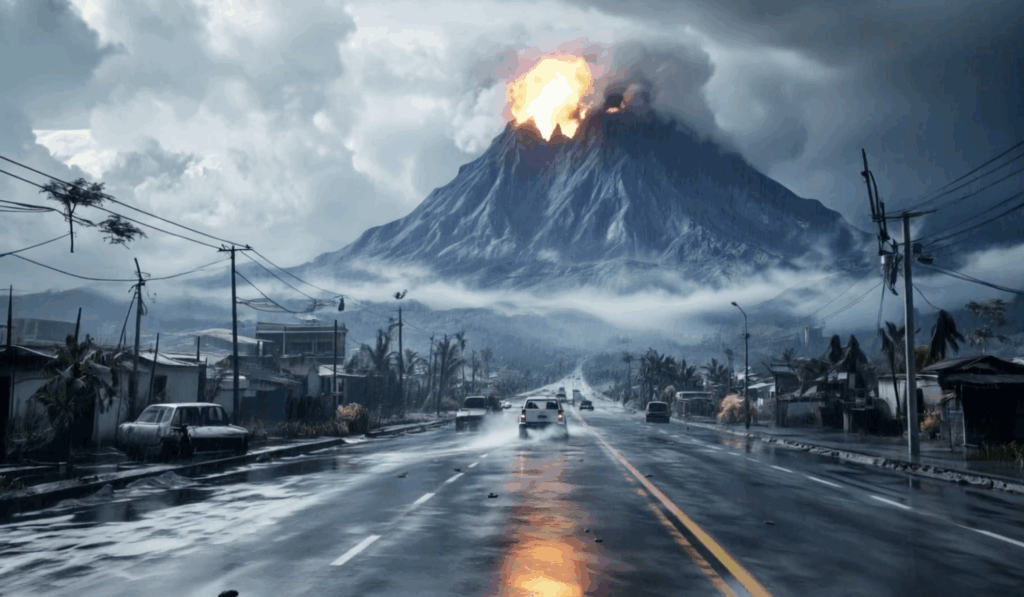
This tragic yet revealing event shows how multiple natural disasters can amplify each other. It also highlights the delicate balance between atmospheric and geological forces, where even one event can dramatically influence the outcome of another. Modern scientists study these collisions to predict risks and improve disaster response strategies for vulnerable regions.














